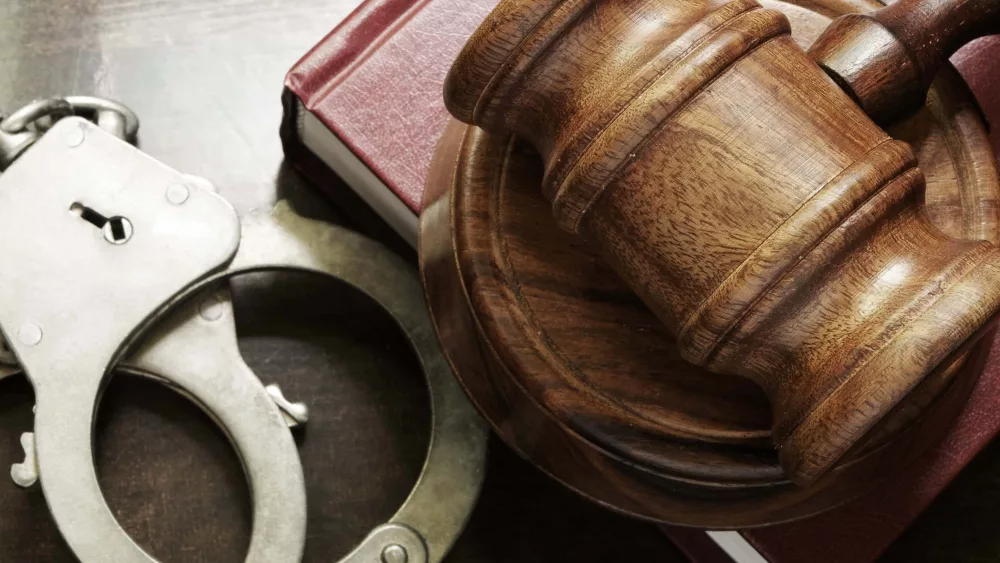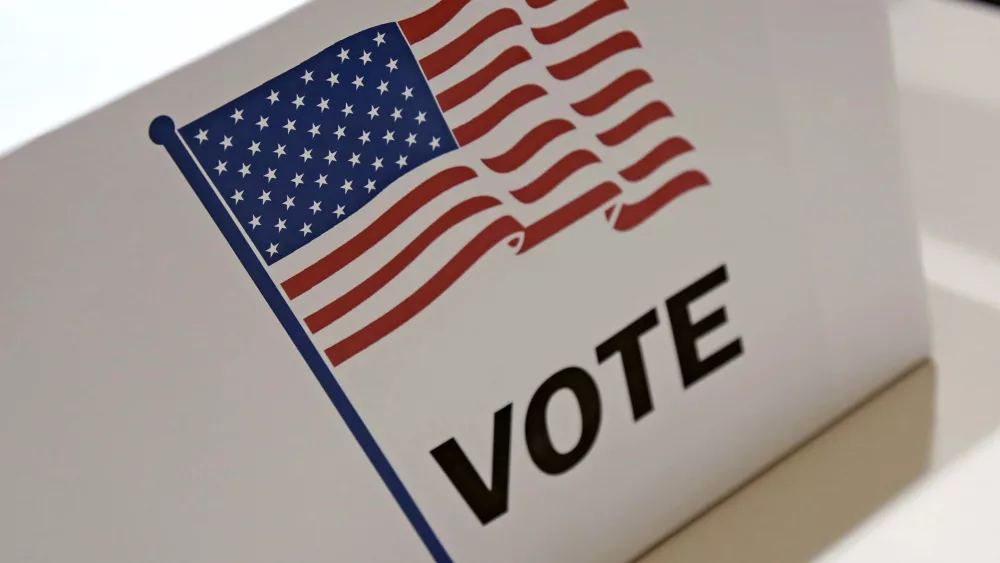SPRINGFIELD, Ill. (AP) — An Illinois House of Representatives task force will judge Capitol artifacts against the values and morals of the state, the House speaker said Monday in an accounting that began with last summer’s removal of a Stephen A. Douglas statue following the revelation that the legendary Illinois senator owned slaves.
Rep. Mary Flowers, who in January became the longest-serving Black legislator in Illinois history, will lead a bipartisan Statue and Monument Review Task Force, according to Speaker Emanuel “Chris” Welch. In public hearings, it will encourage recommendations about which historic Illinois figures should be memorialized on Capitol grounds, and how, including removing offensive depictions and erecting new ones for those overlooked.
“There is a national movement in… re-evaluating public art, the extent to which they accurately reflect history and how they impact people who have been marginalized from our history,” Welch, a Democrat from Hillside and the state’s first Black House speaker, said in a statement. “… When our public art doesn’t represent positive history that we can all celebrate, it sends a particularly harmful message to people of color that these beliefs are shared by their own government.”
Amid the civil unrest following the police-involved death of George Floyd last spring, state and local governments across the nation began reconsidering public memorials to figures from Christopher Columbus to leaders of the antebellum Confederacy. In Chicago, which has felled Columbus statues, a commission has earmarked 41 monuments for review as part of a “racial healing and historical reckoning project.”
In July, then-House Speaker Michael Madigan announced that he wanted a figure of Douglas, prominently displayed on the Capitol lawn since 1918, removed. Madigan said he had learned from Sidney Blumenthal’s biography that Douglas profited from — including financing his political campaigns — a slave-run Mississippi plantation inherited by his first wife.
Some historians argue that Douglas’ famous debates with Lincoln and later support of his rival as the president who engineered slavery’s demise outweigh his racial sins. But the board of the Architect of the Capitol approved last year’s removal of the the Douglas statue and one of Pierre Menard, an early Illinois settler, politician and slave owner.
“This review is not about erasing history,” said Flowers, a Chicago Democrat. “In fact, the goal of this task force is to ensure that our artwork reflects an accurate retelling of our history and the contributions made by all people.”
The architect’s board, led by Secretary of the Senate Tim Anderson, also approved pursuing a change in state law that would allow non-native Illinoisans to be celebrated on Capitol grounds. Board members have an eye toward a more conspicuous display of the statue across the street of Martin Luther King Jr., a Georgia native whose seminal civil rights itinerary included the 1965-66 Chicago Freedom Movement largely credited with prompting the federal Fair Housing Act of 1968.
The panel begins its work with proverbial elephants in the room — inside the 1876 statehouse. While the exterior Douglas statue was eliminated, his portrait, now covered, hangs in the House chamber on the opposite side of Lincoln’s, and another imposing effigy of the “Little Giant” remains in the second-floor rotunda, staring across a hallway at an equally impressive Lincoln, both created by renowned sculptor and Lincoln death-mask creator Leonard Volk, whose benefactor was Douglas.
The architect board skirted the interior Douglas conundrum by ordering an inventory of all Capitol art to be used in a comprehensive review. Architect of the Capitol Andrea Aggertt said Wednesday it will be completed late this year or early next year.
Accompanying Lincoln and Douglas around the second floor circle are six other statues, including those commemorating the state’s first Black state senator, Adelbert H. Roberts; Lottie Holman O’Neill, the first woman elected to the House, and Mayor Richard J. Daley, influential “boss” of Chicago for two decades.
By JOHN O’CONNOR for the Associated Press








